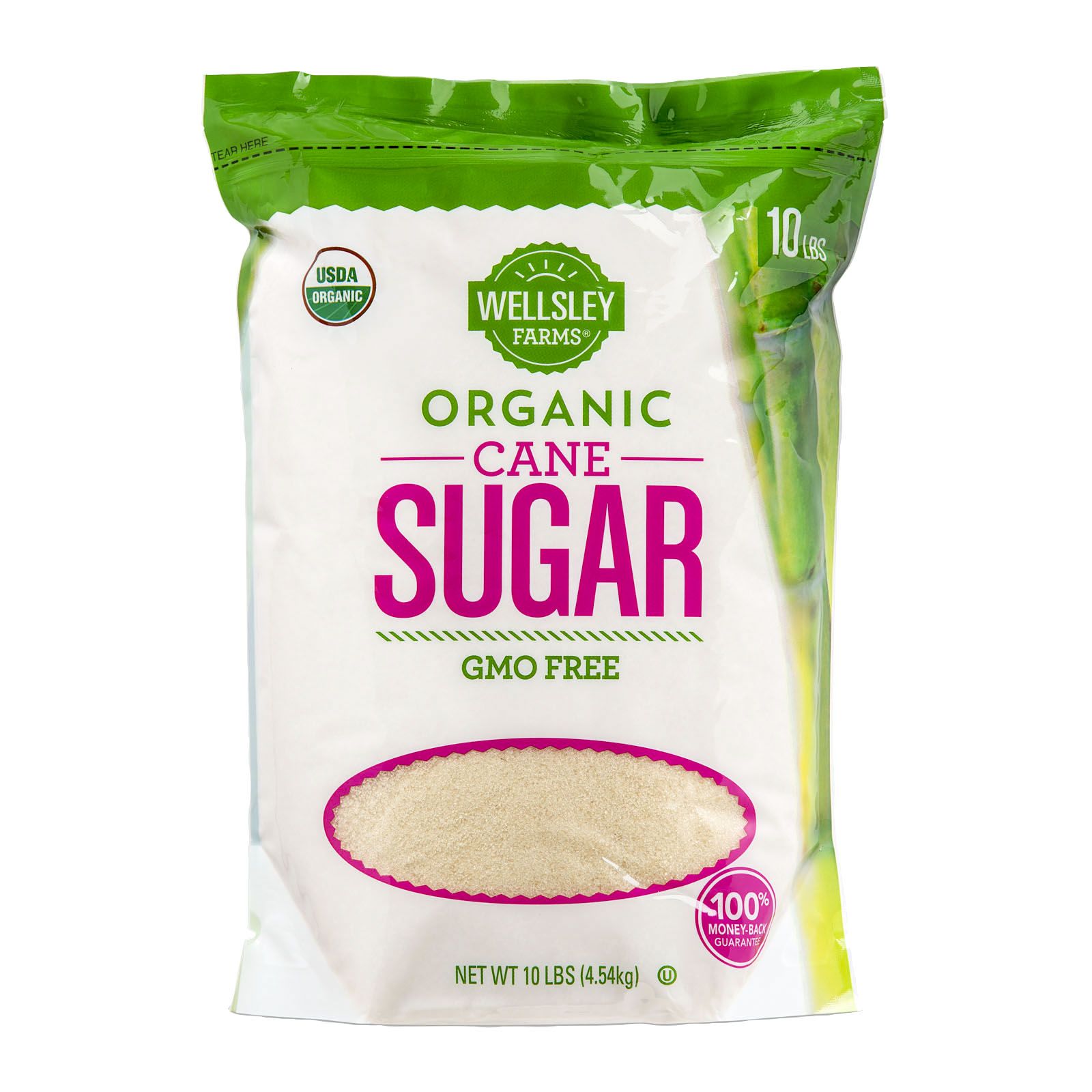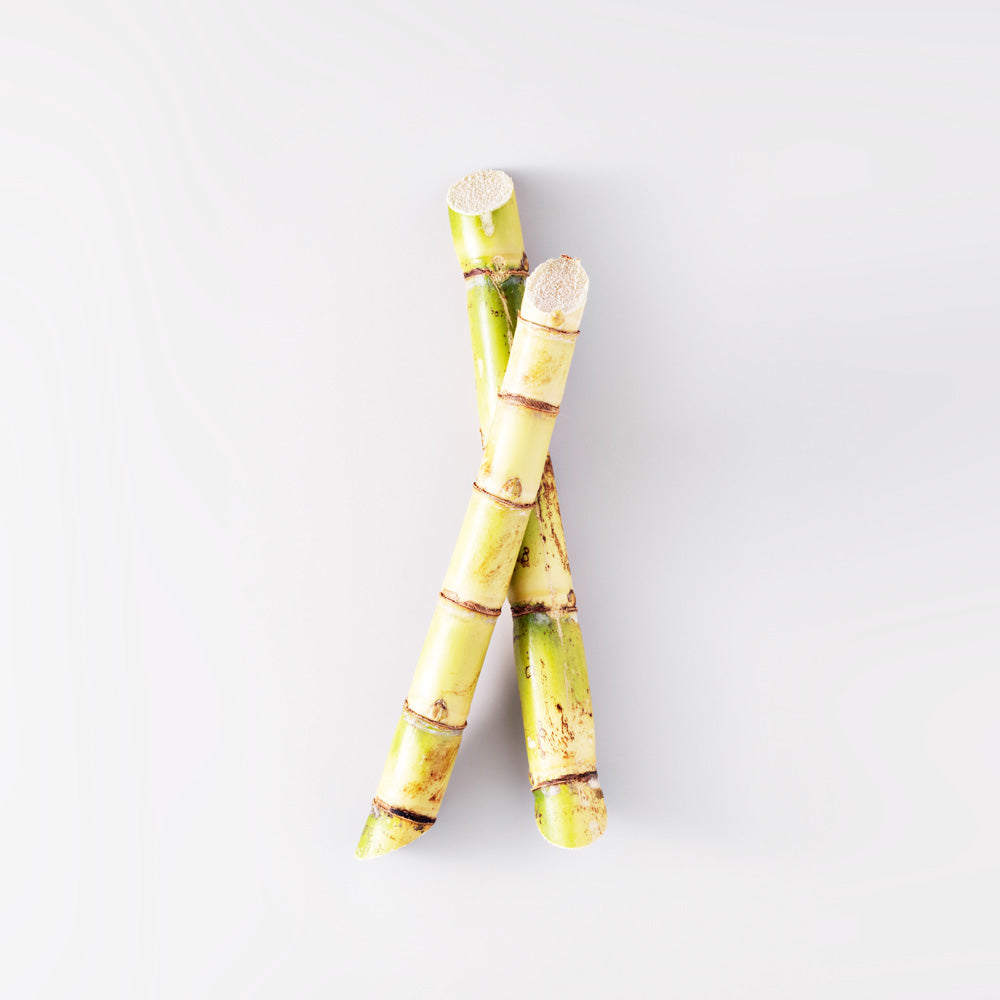Cane Sugar Processing Explained: What Takes Place Inside a Sugar Mill
Cane Sugar Processing Explained: What Takes Place Inside a Sugar Mill
Blog Article
An Extensive Overview to the Ecological Influence and Sustainability Practices in Walking Cane Sugar Handling
The ecological effect of cane sugar handling provides a complex selection of difficulties that warrant careful exam. From soil degradation and too much water usage to the carbon impact connected with cultivation and manufacturing, the consequences of typical methods are far-reaching. What details practices can be applied to strike a balance in between efficiency and environmental stewardship?
Introduction of Cane Sugar Handling
Cane sugar handling involves a series of methodical actions that transform sugarcane right into refined sugar. Originally, harvested sugarcane is moved to processing centers, where it undergoes cleansing to get rid of soil and particles. Following this, the cane is crushed to remove juice, which is then cleared up by getting rid of pollutants with home heating and the addition of lime.
The made clear juice undergoes evaporation, where water is eliminated to focus the sugar content. This concentrated syrup is after that taken shape through cooling, permitting sugar crystals to form. These crystals are separated from the staying syrup making use of centrifugation, resulting in raw sugar. To achieve refined sugar, the raw item undertakes further purification processes, which might consist of cleaning and filtering to get rid of continuing to be impurities and color.
The final product is after that dried out and packaged for distribution. Throughout this whole procedure, maintaining performance and high quality control is important to ensure the sugar meets industry standards. Each action in cane sugar processing not only contributes to the end product yet also has implications for resource usage and waste generation, establishing the stage for conversations on sustainability and ecological influences linked with sugar manufacturing.
Environmental Challenges of Production
The manufacturing of walking cane sugar offers numerous considerable environmental challenges that warrant attention. One key concern is the considerable use agrochemicals, consisting of fertilizers and pesticides, which can cause soil degradation, biodiversity loss, and contamination of neighborhood water sources. The drainage from sugarcane areas commonly brings these chemicals into nearby ecosystems, interfering with water life and affecting the health of neighborhoods reliant on these water bodies.
Another obstacle is the high power consumption related to sugarcane handling. The boiling and refining stages call for considerable heat, largely produced by burning fossil gas, adding to greenhouse gas emissions. In addition, the expansive acreage required for sugarcane farming can cause deforestation and environment destruction, more worsening environment modification and harmful wildlife.
In addition, the labor methods in some areas increase moral issues, as workers may encounter poor working problems and inadequate incomes. This circumstance frequently bolsters a cycle of poverty in regional communities. Cane Sugar Processing. Attending to these ecological difficulties is critical for developing extra sustainable techniques in cane sugar production, inevitably profiting both the environment and the neighborhoods entailed in this industry
Water and Land Use Influence
Water resources and land usage are essential components in the walking stick sugar sector that significantly affect the atmosphere. The farming of sugarcane requires substantial water input, with quotes recommending that it can eat approximately 2,000 liters of water per kilogram of sugar created. This extensive usage of water usually go right here results in exhaustion of regional water sources, influencing not just the sugarcane plantations but also surrounding ecological communities and areas that count on the same water resources for farming and domestic usage.

Furthermore, land usage for sugarcane farming can result in logging and the conversion of all-natural habitats right into monoculture plantations. This method diminishes biodiversity, interrupts neighborhood ecosystems, and adds to dirt degradation. The growth of sugarcane areas typically elbows in on important agricultural land, developing competitors for resources between food and biofuel manufacturing.
Lasting techniques, such as optimizing watering techniques and carrying out plant turning, are important to alleviate these influences. By adopting much more effective water use and land monitoring approaches, the cane sugar market can minimize its eco-friendly impact, ensuring a balance between agricultural efficiency and environmental preservation.
Greenhouse Gas Emissions
Greenhouse gas discharges represent a substantial ecological worry within the walking cane sugar handling sector, specifically as farming techniques increase to satisfy worldwide need. The growing of sugarcane, a crop that thrives in exotic climates, relies heavily on synthetic plant foods and chemicals, which add to laughing gas discharges. Furthermore, land-use modifications, including logging for brand-new sugarcane haciendas, launch carbon dioxide stored in vegetation and soil.
Throughout processing, power intake is another significant source of greenhouse gas emissions - Cane Sugar Processing. Several sugar mills use fossil fuels to power equipment and produce heat, causing significant carbon impacts. Moreover, the transportation of raw sugarcane and finished items adds layers of emissions with gas burning in cars
This includes evaluating present agricultural methods, processing approaches, and transport systems to recognize locations for enhancement and reduction. Resolving greenhouse gas exhausts is necessary for fostering a much more sustainable walking cane sugar sector in a transforming climate.

Sustainable Practices and Innovations
Sustainable practices and innovations are increasingly essential in the walking cane sugar handling sector as stakeholders look for to decrease ecological influences while keeping efficiency. One considerable development is the implementation of integrated crop administration, which maximizes resource usage by integrating soil monitoring, bug control, and plant rotation techniques. This technique improves yield while reducing chemical inputs and maintaining dirt wellness.
Moreover, the adoption of renewable resource sources, such as biomass from sugarcane residues, has his comment is here actually acquired traction - Cane Sugar Processing. By transforming waste products right into energy, refining facilities can decrease their reliance on nonrenewable fuel sources, thereby reducing greenhouse gas discharges
Water monitoring techniques have additionally seen enhancements with the recycling and reusing of water in handling plants, substantially decreasing freshwater usage. Innovations in modern technology, such as precision agriculture, allow farmers to monitor crop health and source usage better, ensuring sustainable farming techniques.
Moreover, qualification programs like Fair Trade and Rainforest Alliance urge environmentally liable farming techniques and advertise social equity within the supply chain. By embracing these lasting practices and developments, the walking cane sugar processing sector can improve its strength and add favorably to ecological stewardship.
Verdict
The ecological influence of walking stick sugar handling presents significant challenges, including soil deterioration, high water intake, and greenhouse gas exhausts, alongside ethical worries associated with labor techniques. Resolving these problems via sustainable practices, such as integrated plant monitoring, renewable resource adoption, and water recycling, is important. By promoting environmentally responsible and socially fair techniques in sugar production, the market can reduce its unfavorable effects, ensuring a much more lasting future for both ecological communities and neighborhoods involved in this market.
Walking stick sugar handling entails a series of methodical actions that change sugarcane right into polished sugar. Each step in walking cane sugar processing not just contributes to the final product yet likewise has ramifications for source use and waste generation, setting the stage for conversations on sustainability and environmental effects associated with sugar production.
Greenhouse gas exhausts stand for a significant ecological worry within the cane sugar processing market, specifically as agricultural practices increase to satisfy international need.Lasting methods and advancements are significantly important in the cane sugar handling sector as check my reference stakeholders look for to reduce ecological effects while maintaining efficiency.The environmental impact of walking stick sugar handling provides significant obstacles, including soil degradation, high water usage, and greenhouse gas discharges, along with moral concerns connected to labor methods.
Report this page